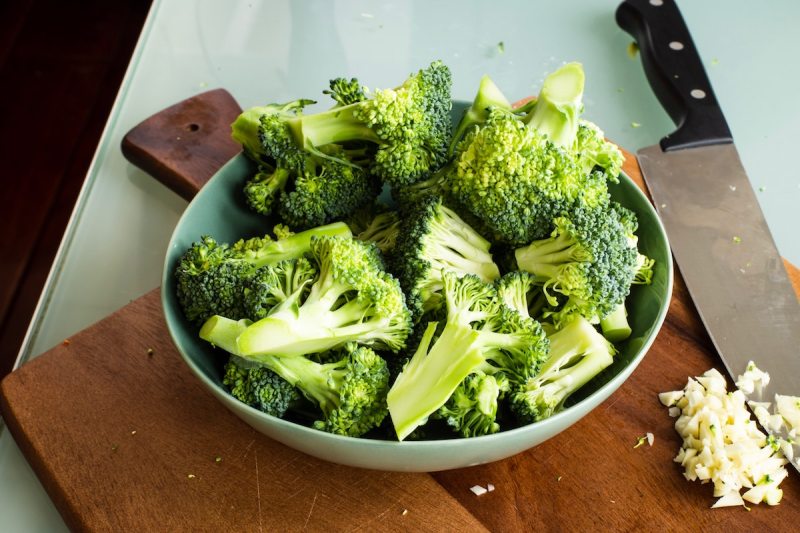
Vitamin E is typically associated with skincare, but it does so much beyond nourishing your skin and hair. Vitamin E foods provide the body with powerful antioxidants that aid in reducing inflammation and destroying free radicals to protect your cells from oxidative damage.
Moreover, since vitamin E also plays several roles in supporting the immune system and protecting against diseases such as heart disease and cancer, deficiencies can make you more prone to illnesses, infections, and inflammatory diseases, as well as eyesight impairments and muscle weakness.
Since vitamin E is a fat-soluble nutrient, absorption increases in the presence of dietary fat. Therefore, when eating any food high in vitamin E that isn’t oil or fat itself, it’s best to pair the vitamin E food with another food that contains fat.
Fortunately, there are quite a few foods that contain at least some vitamin E, though the best dietary sources of vitamin E are high in alpha-tocopherol, the most bioactive form of the nutrient. To ensure you have the shiniest, full head of hair, supple and soft skin, and a formidable immune system, keep reading for a list of the foods highest in vitamin E.
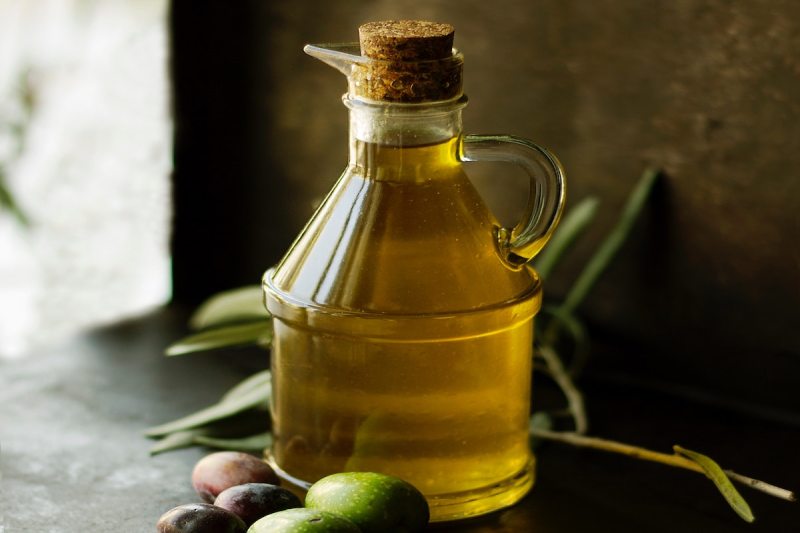
How much vitamin E do you need?
The recommended daily value of vitamin E for individuals 14 years of age and older is 15 mg. You can generally get your daily dose of vitamin E through a balanced diet. Taking oral supplements is also available, but you should exercise caution when taking supplements. Excessive vitamin E can create side effects.
Where can you get vitamin E from?
The food groups rich in vitamin E include fats such as canola oil and olive oil. You can get vitamin E from nuts and seeds such as almonds and peanuts. Meat, dairy, leafy greens, and fortified cereals are other great sources of vitamin E.
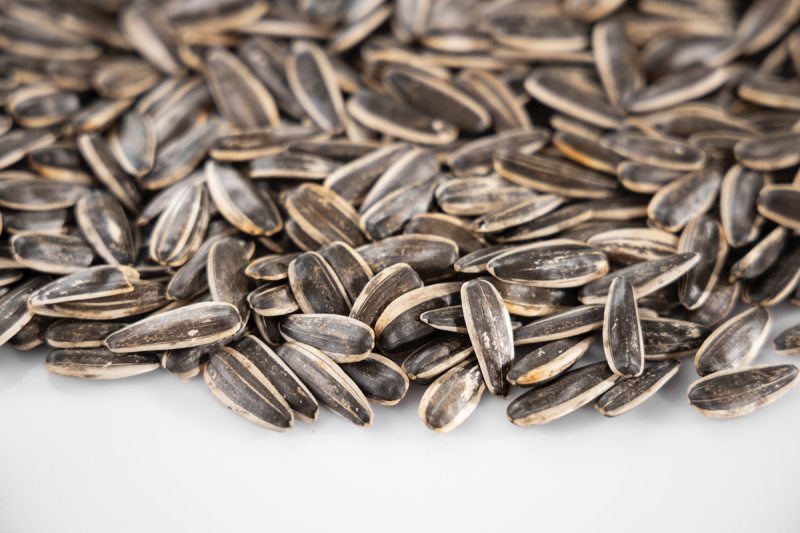
Vitamin E foods to include in your diet
1. Sunflower seeds
Sunflower seeds are a rich source of minerals like iron, zinc, and selenium, an essential mineral necessary for many enzymatic functions. They are also rich in vitamin E. A 1-ounce handful contains about 10 mg, which is two-thirds of the recommended daily value. Interestingly, though sunflower seeds are one of the richest sources of vitamin E, most other seeds only contain trace amounts.
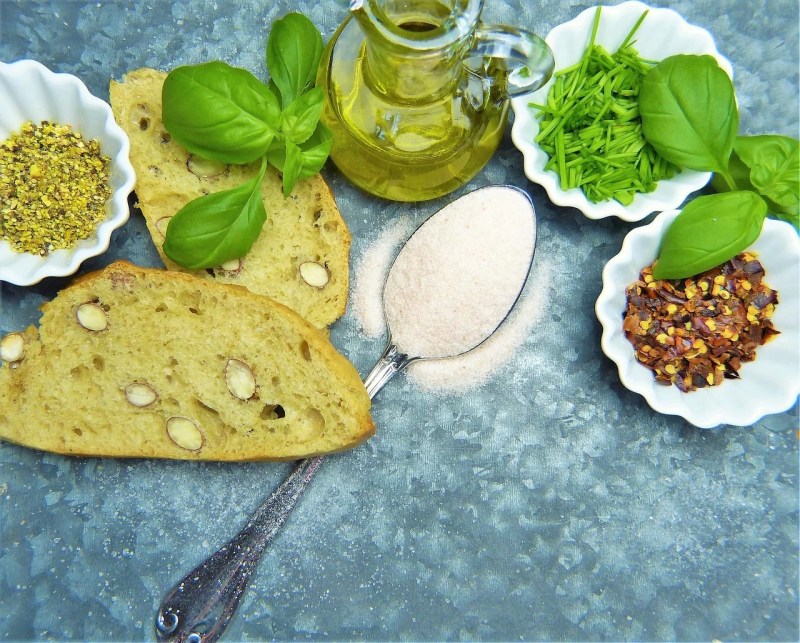
2. Wheat germ oil
Wheat germ oil is made by pressing the germ portion of whole wheat to extract oil. The nutty-tasting oil is full of vitamin E, containing a whopping 20 mg per tablespoon, which is 133% of the daily value. Consuming whole wheat, a nutrition-complex carbohydrate, will also give you a decent dose of vitamin E, though certainly diluted.
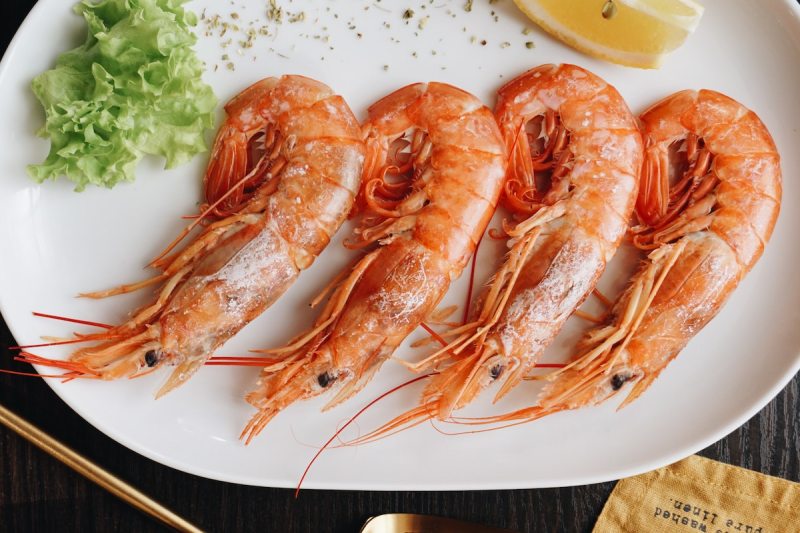
3. Prawns
Certain seafood provides a decent amount of Vitamin E. For example, a 3-ounce serving of prawns (about 12 prawns) provides about 2 mg. Blue crab, shrimp, and crayfish also provide about 12% of the daily value, along with nutrients like magnesium, calcium, zinc, and vitamin B12, which are necessary for energy production and the conduction of nerve impulses.
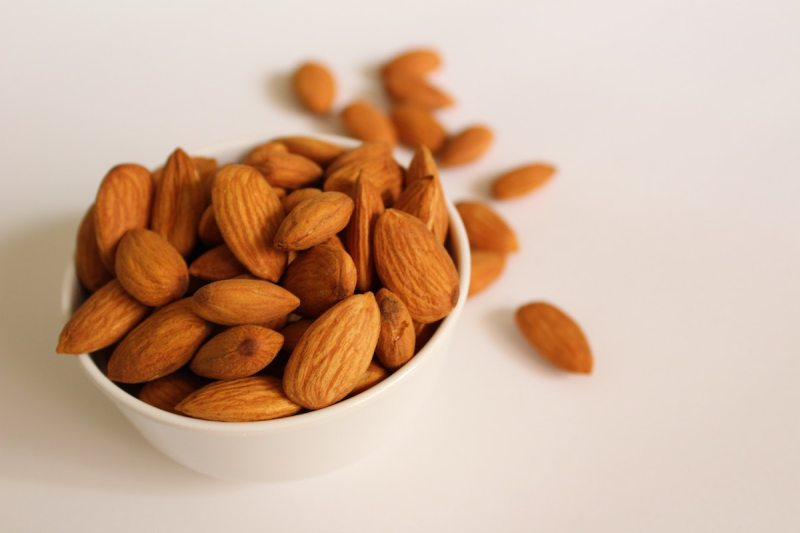
4. Almonds
Although few seeds are particularly high in vitamin E, many nuts are exceptionally rich sources of this potent antioxidant. Almonds, for example, contain nearly 7 mg per ounce, which is close to 50% of the recommended daily allowance. They are also a great source of magnesium, calcium, omega-3 fatty acids, and biotin. Other nuts high in vitamin E include hazelnuts, pine nuts, and Brazil nuts. Nut oils, like almond oil and hazelnut oil, are also rich sources of vitamin E. For example, 1 tablespoon of hazelnut oil contains 6.4 mg (43% DV) of vitamin E.
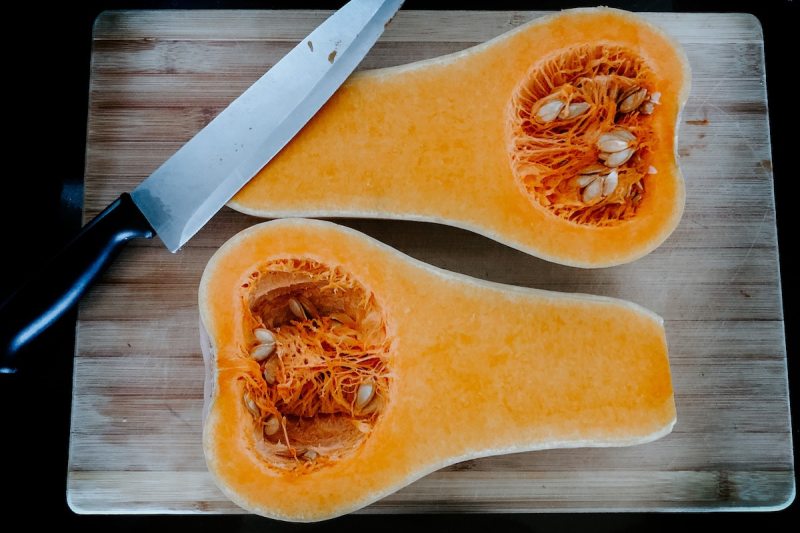
5. Butternut squash
Butternut squash is a fall and winter favorite. The sweet, creamy flesh is packed with vitamin A and antioxidants like beta-carotene, which support eye health. With 1 cup of cooked butternut squash, you get also 2.6 mg of vitamin E. Pumpkin and sweet potato contain less vitamin E but are also nutritious ways to work towards meeting your dietary requirements for this antioxidant.
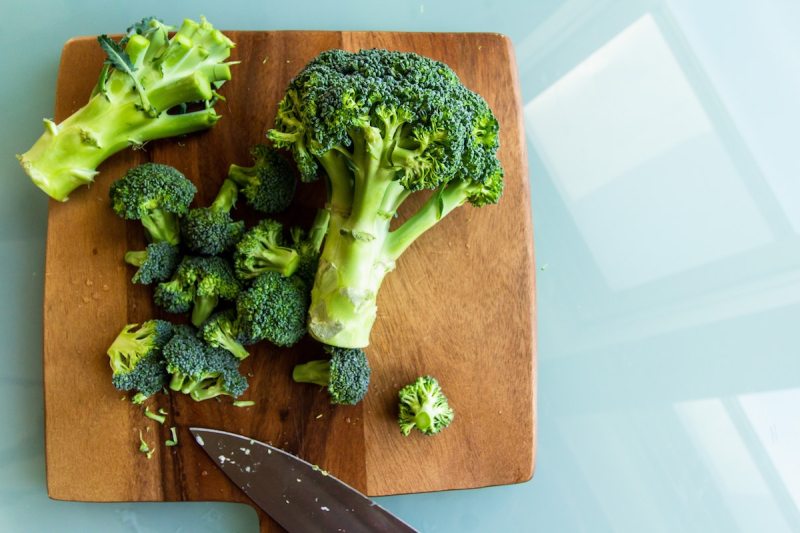
6. Broccoli
It’s unlikely that you’ll find someone who doesn’t believe broccoli is a powerhouse when it comes to a nutritious superfood. This cruciferous veggie is full of iron, calcium, vitamin C, and prebiotic fibers, which feed the beneficial bacteria in your gut. A cup of cooked broccoli also provides 2.3 mg of vitamin E, which is 15% of the daily value. Like other fat-free sources of vitamin E, pair your broccoli intake with healthy fat to increase absorption.
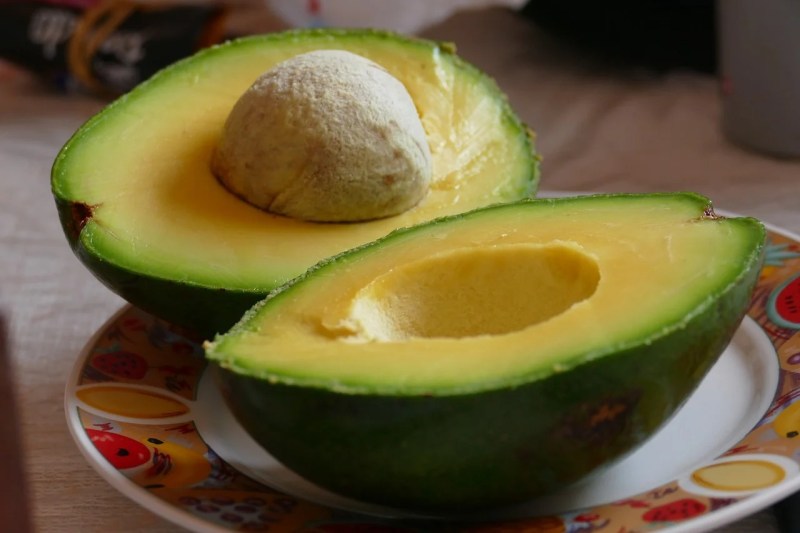
7. Avocado
Avocados are loved for their luscious creaminess, high potassium content, and healthy fats. They are particularly high in the heart-healthy monounsaturated fats characteristic of the Mediterranean diet and are known to reduce the risk of cardiovascular disease. Avocados are also high in Vitamin E, with just over 4 mg per avocado, which is about 28% of the recommended daily intake.
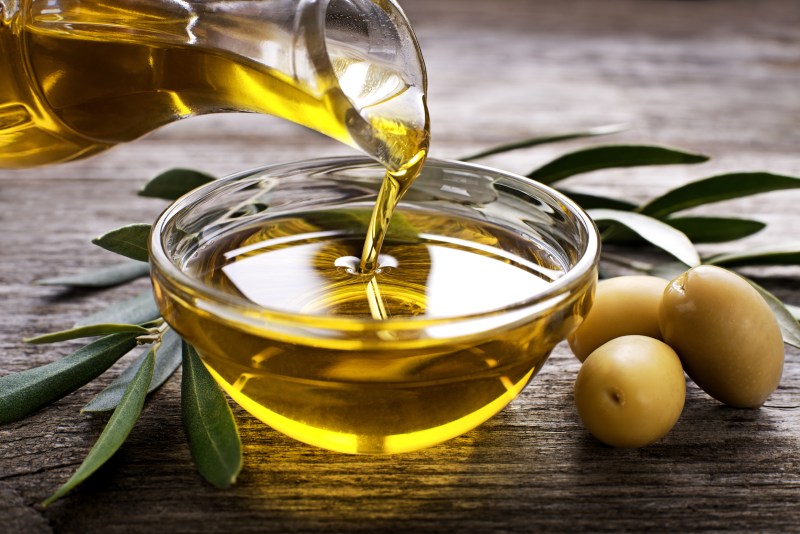
8. Olive oil
There are many cooking oils that are high in vitamin E. Wheat germ oil tops the list. Still, hazelnut oil, almond oil, rice bran oil, grapeseed oil, and sunflower seed oil are all especially rich sources, containing at least 35% of the daily value per tablespoon. Olive oil is lower, with about 2 mg per tablespoon (14%), but as a more common dietary component, it warrants a spot on this list. Since oils are fats by nature, the absorption of the vitamin E they contain is quite high.
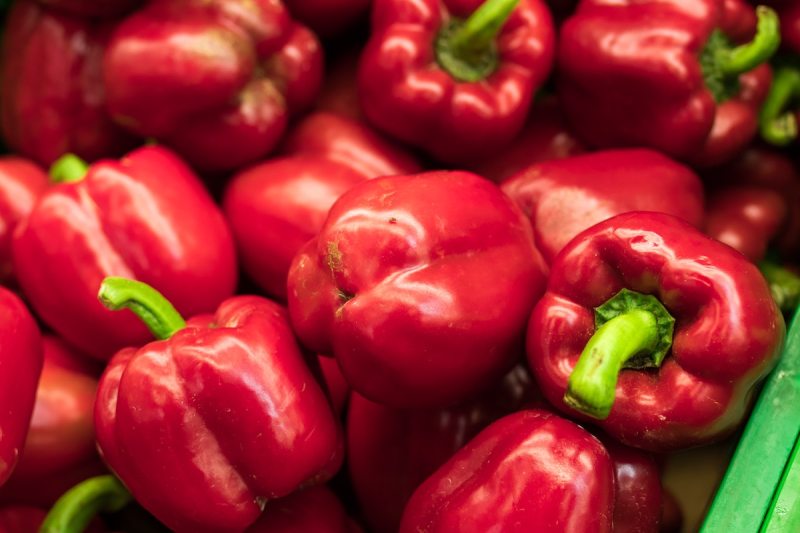
9. Red pepper
Though oranges steal most of the thunder when it comes to vitamin C, red bell peppers are actually a much more concentrated source of this immune-supportive vitamin. In fact, 1 cup of red pepper provides 190 mg (212% RDI) of vitamin C, while 1 cup of orange slices has 96 mg. Moreover, one medium sweet red pepper provides nearly 2 mg of vitamin E (14% DV).
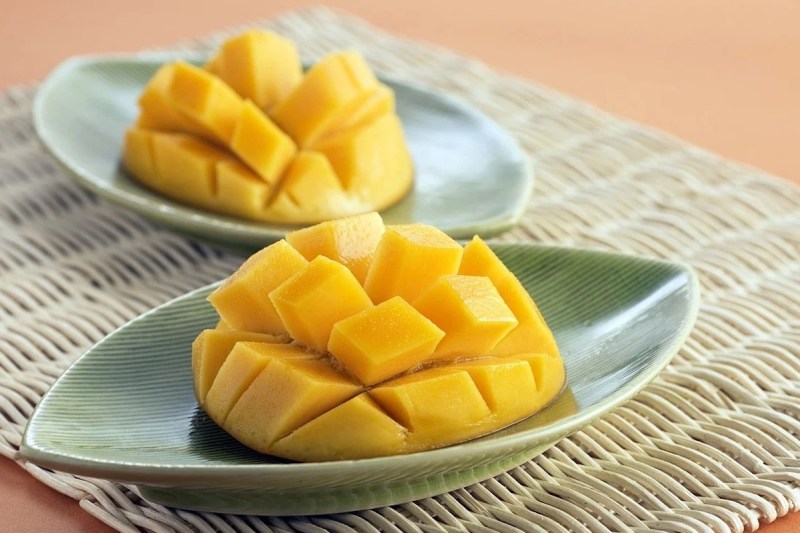
10. Mango
In addition to avocados, there are several foods high in vitamin E. Mamey sapote, a fruit native to Mexico, is especially rich, with about 25% of the daily value per cup. Mangoes, kiwi, and blackberries are also high in vitamin E, each providing approximately 10% of the daily value per serving. Kiwi and blackberries are also exceptional sources of vitamin C, which reduces oxidative damage, helps fend off illnesses, and cleans up cellular debris.
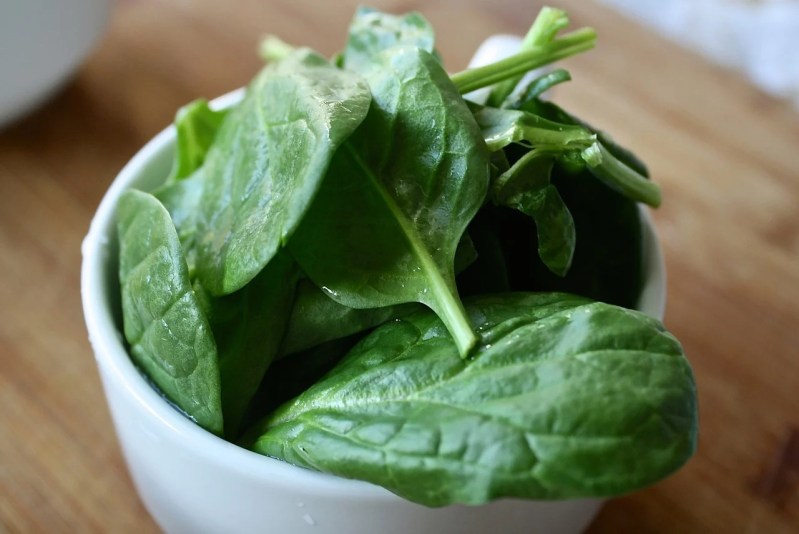
11. Spinach
Spinach is probably best known for its high iron content. As one of the healthiest vegetables, it’s also a great source of other essential nutrients like protein, calcium, vitamin A, vitamin C, and vitamin E. A cup of cooked spinach provides 25% of your daily needs for vitamin E. Since spinach does not contain fat, drizzle it with your favorite oil or pair it with pine nuts or other nuts and seeds to aid the absorption of fat-soluble vitamin E. Other dark, leafy greens like Swiss chard, beet greens, and turnip greens are decent sources of vitamin E as well.

12. Trout
A 3-ounce filet of trout provides 3 mg of Vitamin E (14% DV). Abalone is even higher, with 3.4 mg (23% DV) in 3 ounces. Salmon isn’t far behind and is also one of the best sources of anti-inflammatory omega-3 fatty acids, vitamin D, potassium, and vitamin B12. Other fish high in vitamin E include canned tuna and swordfish.

Can I take vitamin E supplements?
While you should also strive to get in all your nutrients from food, some people may need to take supplements to keep up with their daily nutritional needs. There are vitamin E supplements available that can you can orally in drops of capsules. Try to choose a brand that uses whole foods as a source of vitamin E rather than chemicals.
Editors' Recommendations
- 11 delicious high-carb foods that are actually healthy for you
- 11 foods high in gluten to avoid on a gluten-free diet
- High protein diets: Everything you need to know
- Improve your hair: 14 delicious biotin-rich foods to add to your diet right now
- Stay hydrated this summer: 5 foods with a surprisingly high water content





